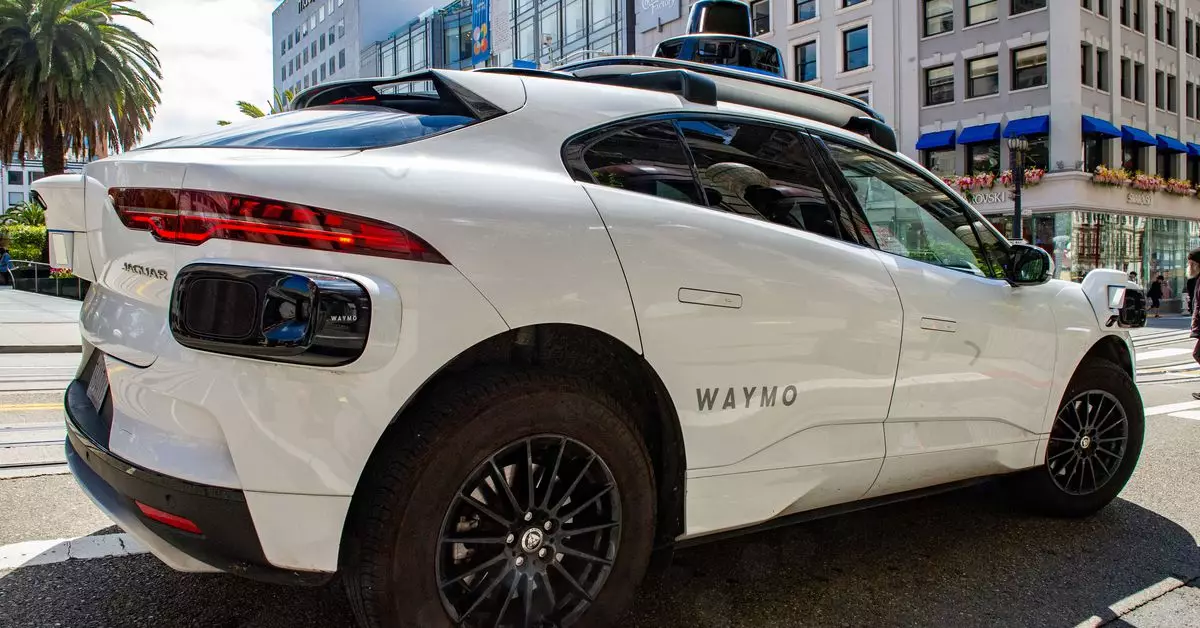In a significant move that has captured the attention of the global transport industry, Waymo, a subsidiary of Alphabet Inc., has announced its plans to deploy autonomous vehicles in Tokyo. This venture marks the company’s first foray into international markets, underscoring its ambition to scale beyond US borders. As Waymo prepares for the arrival of approximately 25 vehicles in early 2025, the implications for both the company and the local transportation landscape merit a closer examination.
The core objective for Waymo’s Tokyo mission is to collect essential data about the unique driving culture present in Japan. This includes mastering the intricacies of left-hand traffic and tackling the complexities of navigating a bustling metropolis. To this end, the vehicles will initially be operated manually by professionals from Nihon Kotsu, a local taxi provider, emphasizing the company’s methodical approach to integrating into a foreign environment. This strategy not only facilitates the acquisition of valuable mapping data but also fosters cooperation with local stakeholders.
Despite the initial manual operation, there is a palpable anticipation regarding the future potential of a robotaxi service in Tokyo. However, Waymo has made it clear that it is not currently prepared to launch such an initiative. As Waymo spokesperson Sandy Karp articulated, the primary goal is to analyze how the Waymo Driver can fit seamlessly into the existing transportation ecosystem of Japan. This cautious yet strategic positioning demonstrates a commitment to understanding local needs prior to deploying fully autonomous solutions.
A pivotal aspect of Waymo’s strategy involves its collaboration with GO, a prevalent taxi application in Japan. This partnership hints at a potential trajectory towards integrating its autonomous technology with local mobility services, akin to its operations in the United States, where it teams up with Uber for ride-hailing services. This approach not only taps into established local platforms but also helps Waymo sidestep the intricacies of building a new service from the ground up in a foreign market.
Waymo’s current operational landscape in the US comprises approximately 700 vehicles active in cities like San Francisco, Los Angeles, Austin, and Phoenix. Yet, while growth is on the agenda, it remains tempered in pace. The company’s intentions are clear—Waymo is seeking to establish a steadfast footprint in the ever-competitive landscape of autonomous vehicle services, a particularly challenging arena as corporate giants like General Motors re-evaluate their ventures in this space.
Despite the optimism surrounding Waymo’s entry into the Tokyo market, several obstacles lie ahead. Japan’s traditional auto industry is considerably robust, with key players like Toyota and Nissan leaning toward international markets for their autonomous testing initiatives. The domestic focus on large-scale trials in countries like China poses a competitive challenge for Waymo as it seeks to carve out its niche in Japan.
Furthermore, Waymo’s operations will initially be geofenced to specific districts in Tokyo, including Minato and Shinjuku. While this provides a controlled environment for testing, it also raises questions about scaling operations and navigating areas beyond the set boundaries in the long term. Additionally, the eventual transition to fully autonomous driving—if at all pursued—will involve numerous layers of regulatory approval and public acceptance.
Waymo’s ambitious journey into Japan not only signifies a crucial milestone for its international aspirations but also reflects broader trends in global transportation evolution. Navigating a carefully plotted course through the complexities of Tokyo will be critical as Waymo learns to adapt its proven technology to a distinctly different operational landscape. As the company gathers data and insights, the potential for launching a groundbreaking robotaxi service remains tantalizingly close, yet contingent on myriad factors.
United by a commitment to innovation, Waymo’s leadership will undoubtedly play a crucial role in shaping the future of autonomous transport—not just for themselves but also for the countless communities in which they operate. Only time will tell whether this bold venture revitalizes the automaker’s ambitions in a challenging arena or serves as a cautionary tale of overextension in foreign markets.

